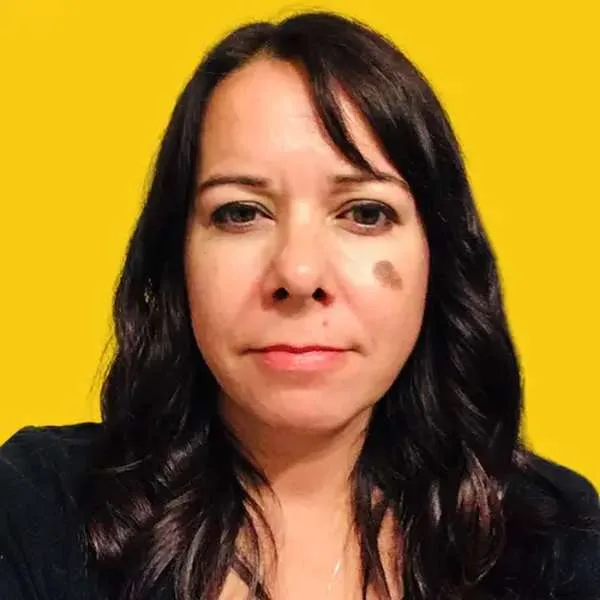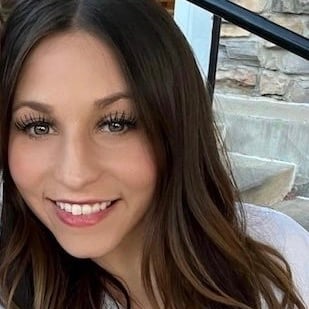If you find yourself a little short before payday, a cash advance app is typically one of the easiest ways to borrow cash in a hurry. But it can take some time to work up to $300 advances, because most providers start users at smaller amounts. But with a little patience and a positive repayment history, $300 advances could be right around the corner.
How to get a $300 cash advance
Follow these steps to get a $300 cash advance:
- Download a cash advance app that offers $300 advances.
- Sign up according to the instructions.
- Link your checking account with the app.
- Wait for the provider to verify your identity and bank account.
- Request an advance amount once approved, or some apps may notify you of your advance limit.
- Expect funding within a few days, or request an instant transfer for a fee.
5 cash advance apps that offer $300 advances
| Cash advance app | Advance amount | Cost | Turnaround time | Launch date | |
|---|---|---|---|---|---|
Chime MyPay | Up to $500 | No membership cost, but you must be a Chime member, $2 instant transfer fee | Within 24 hours or instant for a fee | August 2012 | |
Dave | Up to $500 | Undisclosed monthly membership fe | Up to 3 business days or instant for a fee | March 2017 | |
EarnIn | Up to $150/day, with a max of $750 between paydays | No fee when you link your bank account | 1 to 3 business days or within minutes for a fee starting at $2.99 per transfer | May 2014 | |
Empower | $10 to $300 | $8 per month | Same day or instant delivery available ($1 to $8 for instant transfer to external bank account) | November 2016 | |
Wisely | Depends on wage and hours worked | No fee, available for qualified members | Instant to Wisely card | 2002 |
How much does a $300 cash advance cost?
How much a $300 advance costs depends on the provider and if you need the money right away. Some cash advance apps require monthly membership fees, while others are mostly free. Most apps charge fees for instant transfers. However, if you can wait a few days, most transfers are free.
For example, a $300 advance from Chime MyPay costs $302 because Chime has no monthly fee and only charges $2 for transfers of any size. By comparison, a $300 instant advance from Empower costs $317 — the advance amount plus an $8 membership charge and a $9 instant transfer fee.
How long does it take to get a $300 cash advance?
If you’re willing to pay a fee, you may be able to get a $300 advance within minutes. But it could cost you up to about $25, depending on the cash advance provider. If you can wait anywhere from one to five days, almost all cash advance app transfers are free.
But keep in mind that most cash advance providers don’t automatically offer large advances of $300. For the most part, you’ll start with small amounts and work up to $300 advances. Theoretically, it could take up to a few months to get a $300 advance.
Eligibility requirements for a $300 cash advance
Exact requirements to qualify for $300 advances may vary by provider, but the general criteria are the same:
- Be at least 18 years old and a US resident
- Have a Social Security number or ITIN
- Have an active checking account with a positive balance
- Be employed or have another source of income
- Have a history of regular deposits from the same source
Pros and cons of cash advances
Cash advances are typically fast and convenient, but there are some drawbacks as well.
Pros
- Easy approval requirements
- Fast funding
- Typically don’t charge interest or late fees
- Cheaper than credit cards
Cons
- Some charge mandatory monthly fees
- Usually have to pay for instant transfers
- Loan terms are short
- Advance amounts typically start small
What to watch out for
Keep an eye out for these issues when comparing cash advance apps:
- Monthly fees. You might have to pay a monthly subscription fee to qualify for advances. If the fee is too high, you might find it’s not worth the money.
- Instant transfers. Most cash advance providers charge a fee if you need the funds transferred immediately. Depending on the app, this fee could cost an extra $2 to $25.
- Provider reputation. It’s always a good idea to read reviews or ask for recommendations from friends or family.
- Additional features. Many of these apps offer much more than just cash advances. Depending on your goals, you may want to consider apps that offer other features, such as savings, investing, budgeting or credit-building tools.
Tips on how to get a $300 advance
It can be difficult to get a $300 advance on your first try, but these few strategies may help to increase your limit.
- Take out multiple advances. Requesting even small advances and paying them back on time could help to boost your advance limit.
- Use the app frequently. Besides getting advances, using other features in your app may increase your chances of getting a $300 advance.
- Sign up for optional products. You might try signing up for a bank account or getting a debit card with your provider if that’s an option.
- Add to your deposits. If your account shows a higher balance or an increase in qualified deposits, your provider might be more inclined to raise your advance limit to $300.
- Ask your provider. While it may not work, asking your provider to raise your advance limit couldn’t hurt. The customer service rep may even tell you how to get to $300 advances.
Alternatives to cash advances
Consider these alternatives to cash advance apps:
- Payday alternative loans (PALs). Some federal credit unions offer small loans at reasonable rates, but you usually need to be a member for at least a month to qualify.
- Loan from your bank. Your regular bank or credit union may provide small loans or lines of credit to customers in good standing.
- Personal loans. If you need to borrow more than $300, you may want to apply for a personal loan. Personal loans are typically harder to qualify for than cash advances, and you’ll need a decent credit score to get a good rate, but you’ll have longer to repay it.
- 0% credit card. If you’re planning to make a specific purchase, a 0% introductory rate credit card can give you free financing for up to a year or more.
Frequently asked questions
How can I borrow $300 fast?
If you’re already approved for advances, you may be able to request a $300 advance and have the funds right away. But you’ll typically have to pay a fee for instant transfers.
If you’ve just downloaded an app, you may not get approved immediately, although some providers claim you can get advances the same day you sign up.
Can I get a $300 cash advance with bad credit?
Yes. Cash advance apps are practically made for people with bad credit and are generally less expensive than payday loans. Usually, all you need to qualify for cash advances is a job, a checking account and a series of regular deposits.
Can I get a $300 cash advance with no credit check?
Yes. Most providers don’t check your credit to approve cash advances. Some providers may do a soft credit check, but that doesn’t impact your credit score.
How can I borrow $300 from Cash App?
Start on the Cash App main screen and select the bank building icon (or this may show your account balance) in the lower left corner. Scroll down to “More ways to add money.” If you don’t see the Borrow option, you aren’t eligible to borrow money from Cash App yet.
If you are eligible, select Borrow to unlock this feature, and it should display the amount you qualify for. You can then select an advance amount, pick a repayment date and agree to the terms and conditions. Expect the money in your account that day.
Other cash advance loan amounts
Ask a question
More guides on Finder
-
Money App Review: Glitchy & Poor Customer Service
A review of Money App, a cash advance app that offers advances up to $250 with no mandatory fees.
-
Apps Like Money App
Alternatives to apps like Money App, which may have higher advance amounts and other perks.
-
Cash Advance Apps Without Subscription Fees
Six cash advance apps that don’t charge subscription fees and the total costs of other cash advance providers.
-
7 Top Cash Advance Apps With No Credit Check in 2025
Compare top cash advance apps that don’t require a credit check to qualify.
-
Apps like Empower
8 apps like Empower that may offer bigger advances and lower fees.
-
Cleo cash advance app review
Cleo is a budgeting app offering cash advances up to $250.
-
7 Best Cash Advance Apps for Fast & Easy Cash Loans
Compare the 8 best cash advance apps for low fees, high limits and more.
-
Vola Finance Cash Advance App Review: Mixed Bag
Borrow up to $300 — but membership fees aren’t transparent.
-
Dave ExtraCash Review: Cash Advances Up to $500
Struggling before payday? See how Dave’s cash advances stack up and what to watch out for.
-
6 Apps That Loan You Money Instantly Without a Job
Unemployed and need to borrow money? You may qualify for one of these loans or cash advance apps.

